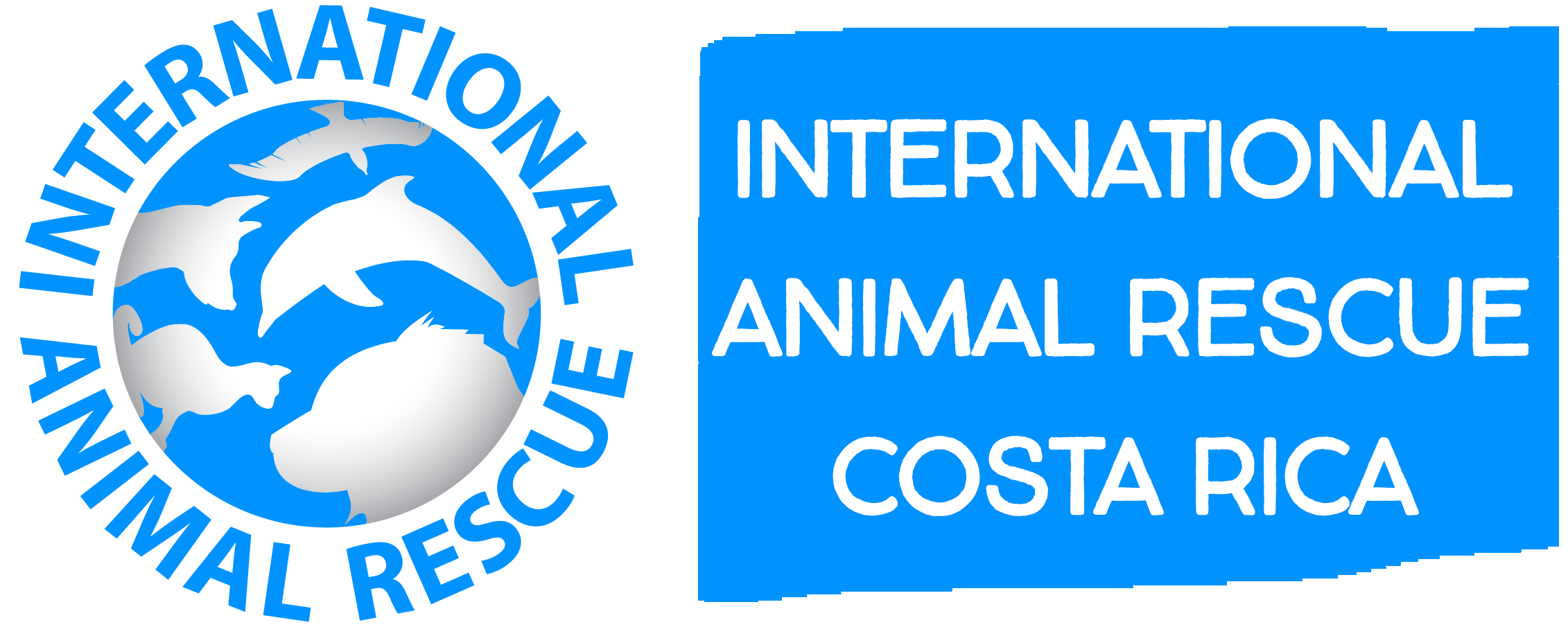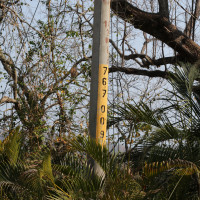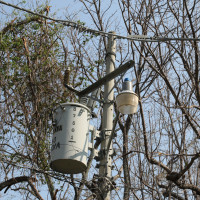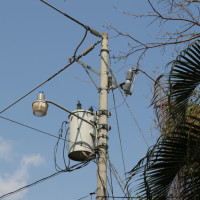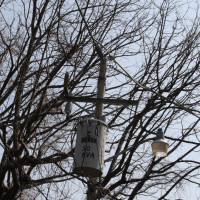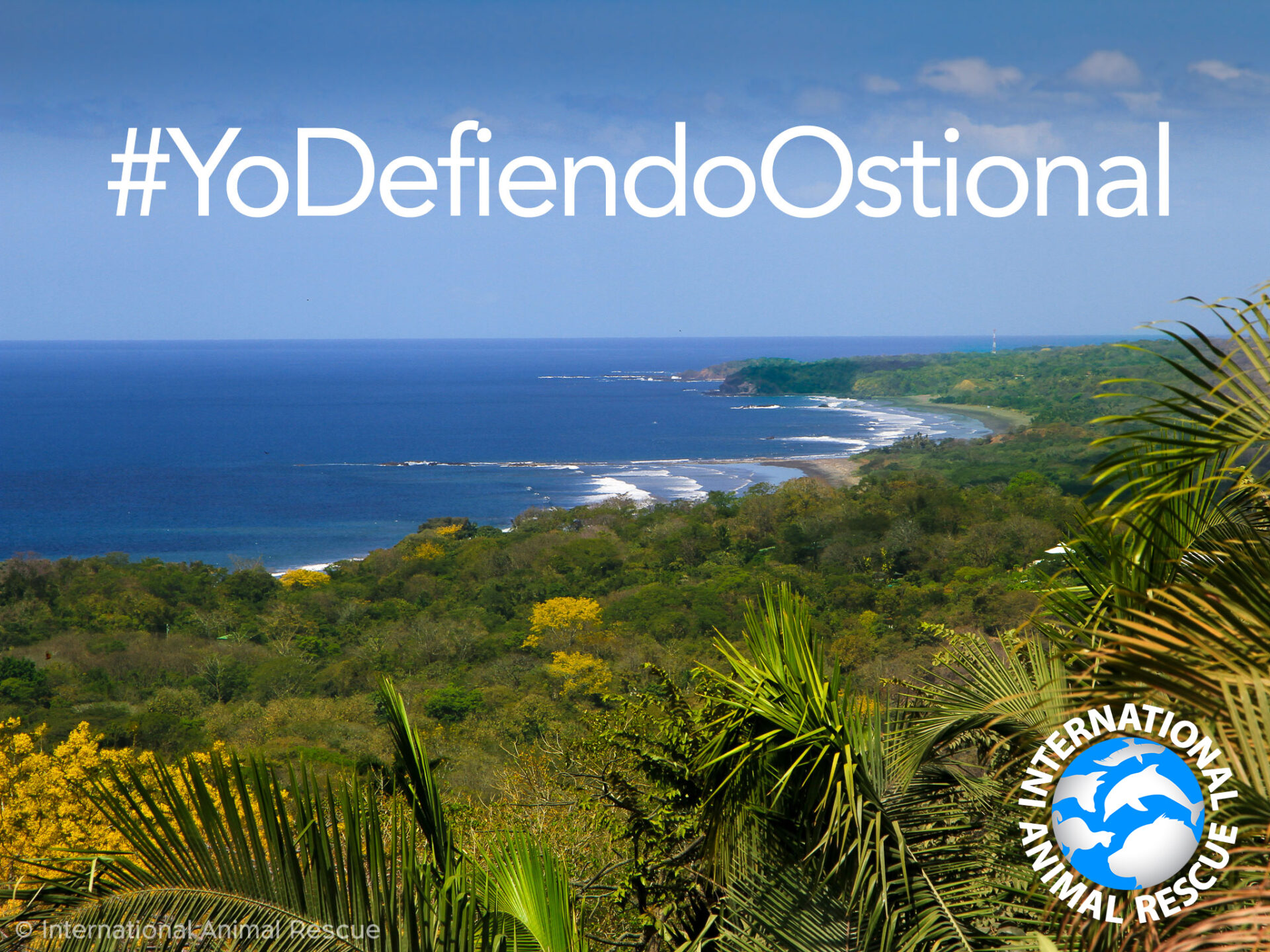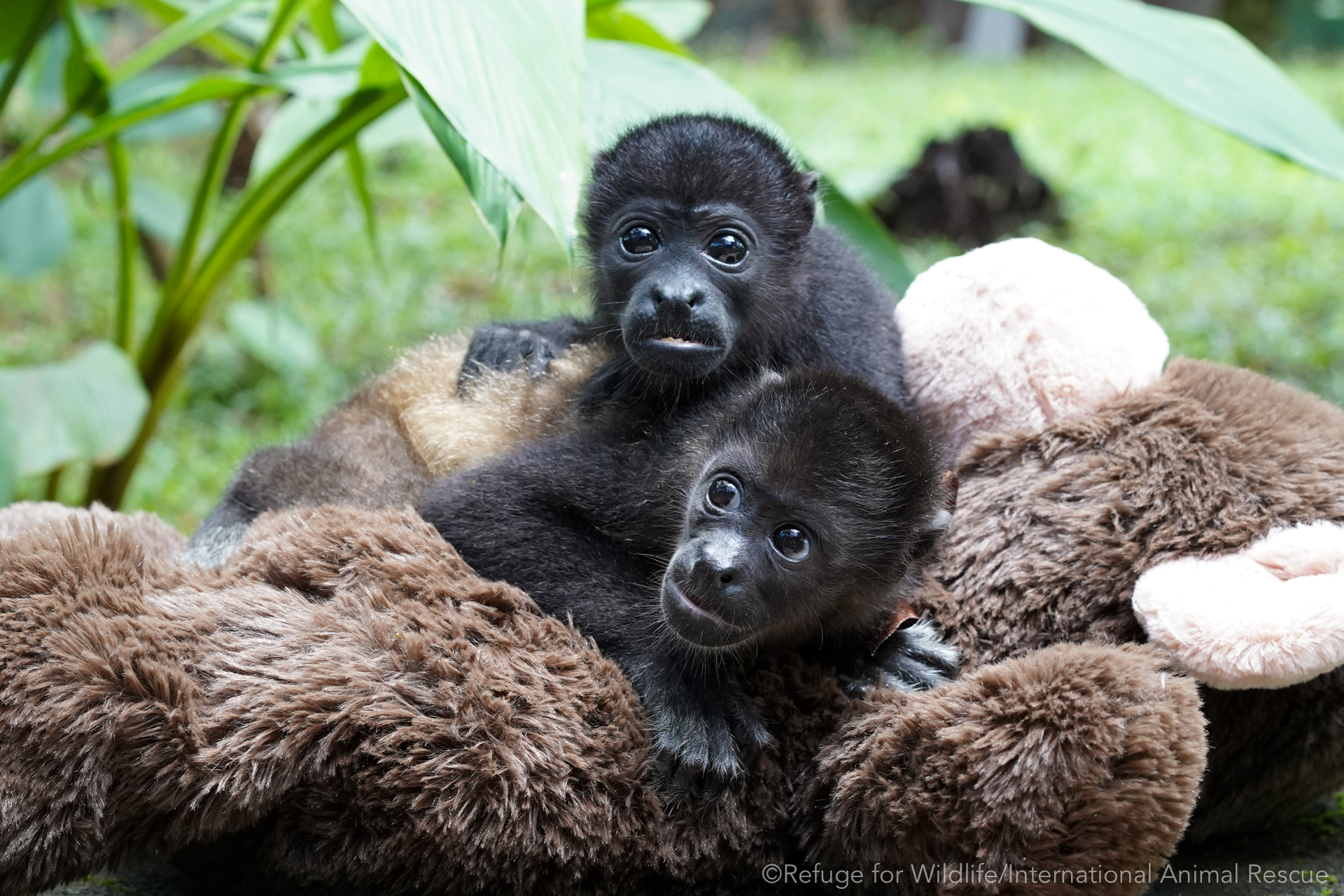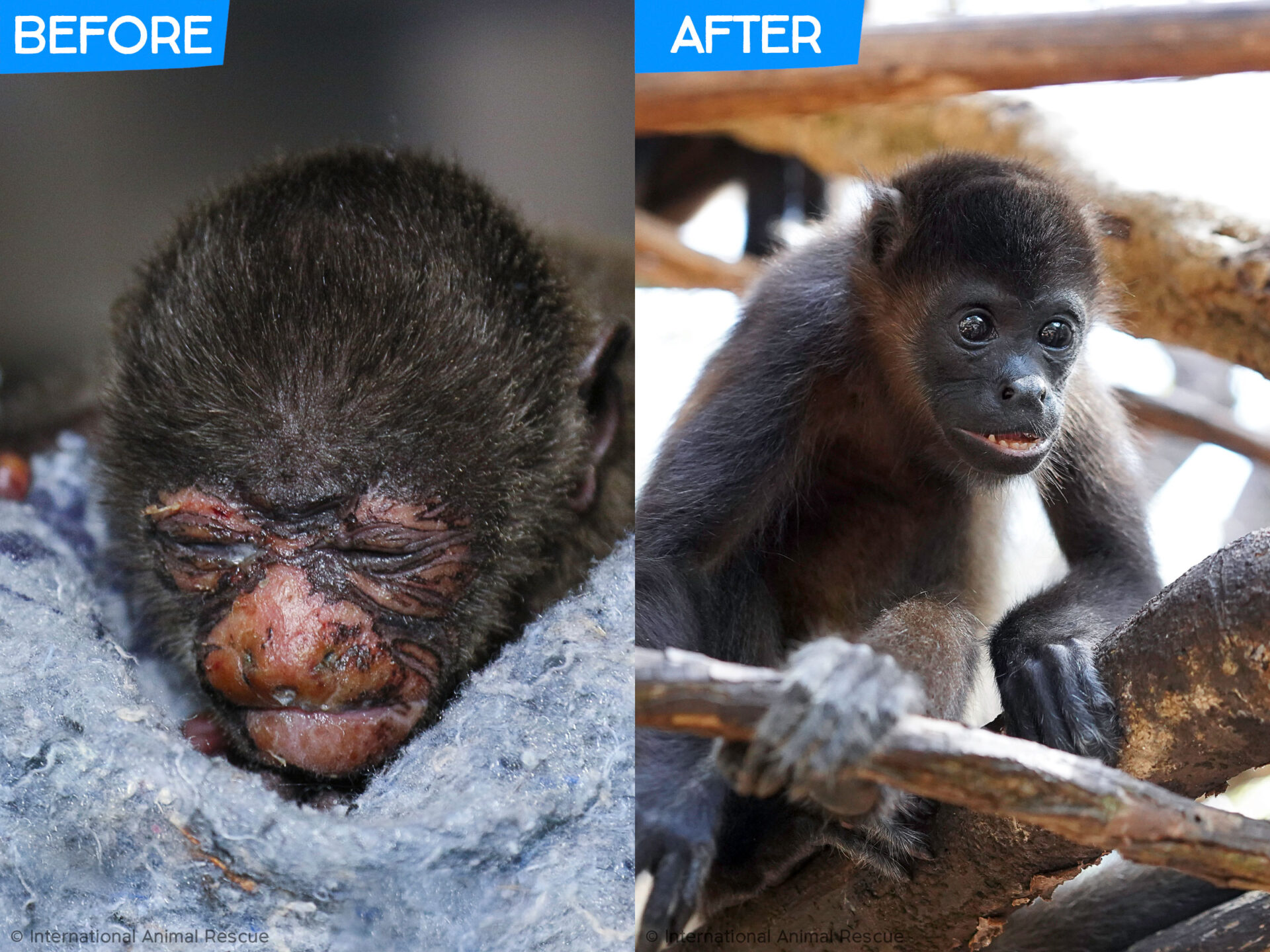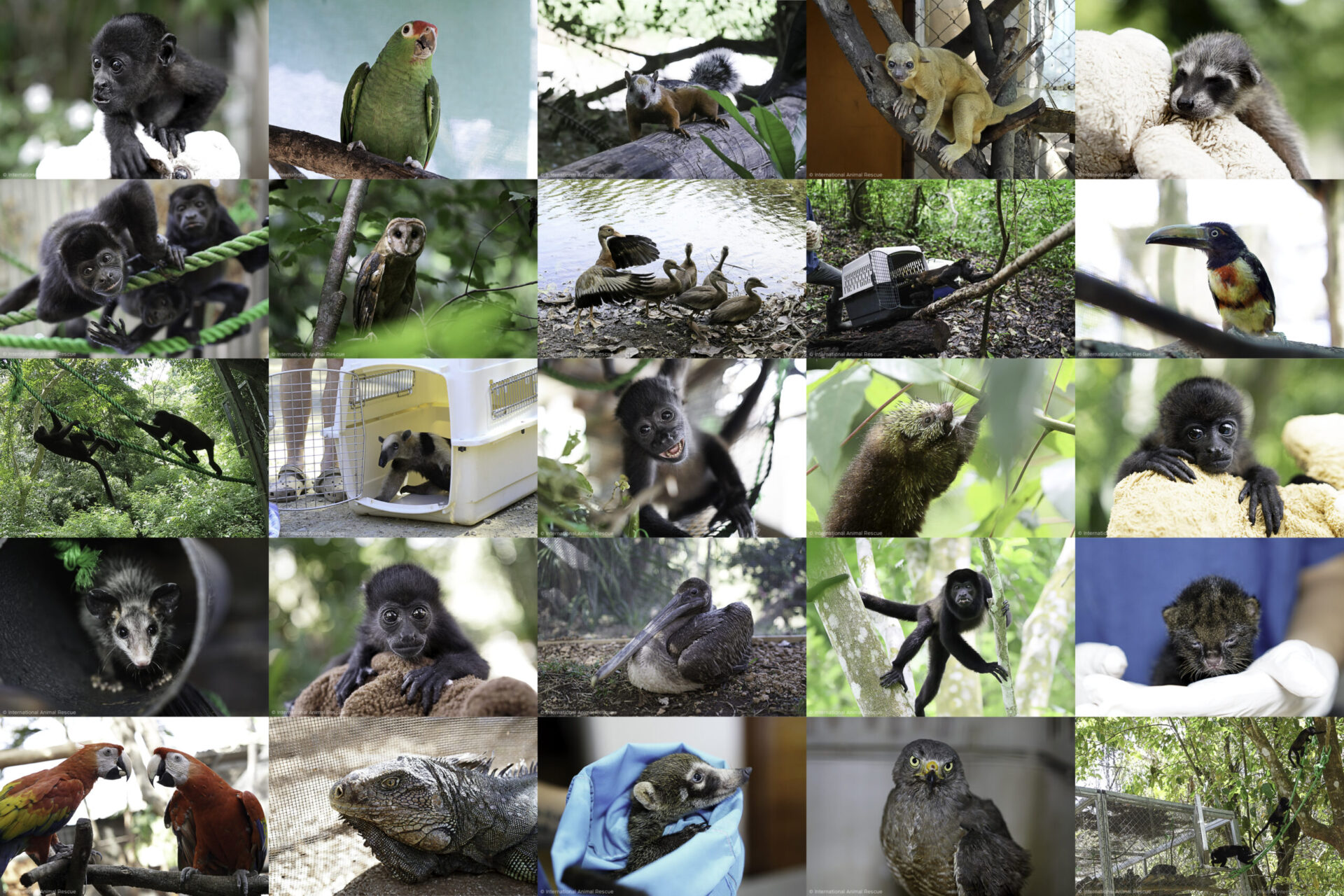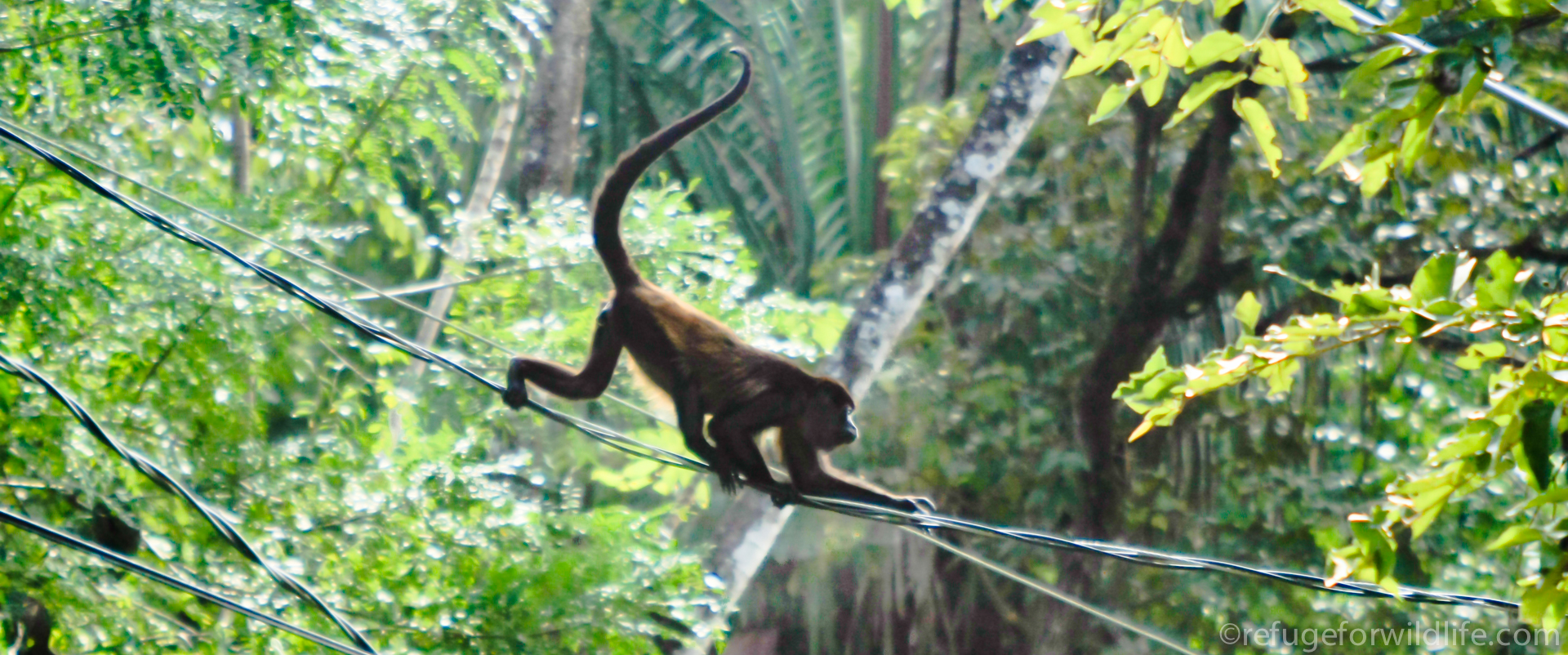
Stop the Shocks – Insulating Transformers and Power Lines
Electrocution Is The #1 Killer Of Howler Monkeys In Nosara
How Are They Being Electrocuted?
- By touching TWO (or more) uninsulated power lines at the same time.
- By touching the hot clamp, cables, fuse cutout, lightning arrestor, primary input (bushings), or secondary output (terminals and wires) on uninsulated power transformers.
What Types of Injures Are Caused By Electrocution?
- Death
- Electrical Burns
- Heat Burns From Catching on Fire
- Limb Amputations
- Fatal Injuries to Internal Organs & Unborn Infants
- Unconsciousness
- Concussion (From Falls)
- Broken Bones (From Falls)
How is Refuge for Wildlife Helping?
- Our emergency response team of staff and volunteers have the experience and expertise to rescue wildlife from transformers and electrical wires with specialist equipment.
- Our founder, Brenda Bombard has 17 years experience rehabilitating howlermonkeys and other wildlife that have suffered extreme burns, amputations and other injures from electrocution.
- Refuge for Wildlife has an onsite veterinarian and a fully equipped wildlife clinic to care for the special needs of electrocuted wildlife.
 Our Howler Nursery is specifically designed to help with the needs of orphaned infants and currently is home to 28 baby howler monkeys.
Our Howler Nursery is specifically designed to help with the needs of orphaned infants and currently is home to 28 baby howler monkeys.
- Our Stop the Shocks Committee of volunteers is dedicated to raising funds to purchase and install wildlife protection equipment – in the last year, Refuge for Wildlife has raised more than $15,000 for the Stop the Shocks Program.
- 100% of all donations to the Stop the Shocks Program is used to purchase and install wildlife protection equipment. We have no paid staff, no fees and no commissions.
How You Can Help:
- Insulate your transformer
- Monitor transformers and power lines in your area
- Join the Stop the Shocks Committee
- Make a donation
Insulate Your Transformer and Power Lines
Take the initiative, be proactive and help us keep our wildlife safe by insulating your transformers and power lines.  Remember, there is no company or government agency that monitors power lines and transformers or provides the
Remember, there is no company or government agency that monitors power lines and transformers or provides the
equipment to ensure wildlife safety and there is currently no law that requires anyone to insulate transformers and power lines. It’s up to YOU to make our wildlife safe!
How can you tell if your power lines are safe?
- Insulated wire will be thick and covered in a black or grey coating. The coating looks similar to the type used in every day items like lamps, toasters etc.
- If the wire is uninsulated, it will be thin and grey with no protective coating.
What is a transformer?
A transformer, also known as a distribution transformer, lowers the voltage from the high voltage distribution lines to the amount needed by homes and businesses.
 What components of a transformer need to be insulated?
What components of a transformer need to be insulated?
- Hot Clamp
- Fuse (Fuse Cutout)
- Primary Inputs (Bushings)
- Lightning Arrestor
- Secondary Outputs (Terminals) and Wires
- Cable from Bushings to Fuse, Fuse to Hot Clamp and between Primary inputs (if any)
How can you tell if your transformer is uninsulated?
- There will be no grey-colored silicon wildlife protection equipment
- Cable and wires will be thin
- All or some of the 6 standard transformer components will be exposed – Hot Clamp, Primary Inputs, Secondary Outputs, Lightning Arrestor, Cables and Fuse Cutout.
What does an uninsulated transformer look like?
Uninsulated power transformers have many dangerous components and if any one of these areas (circled below) are touched by wildlife they will be badly electrocuted. The voltage is high towards the top of the pole and gradually lowers towards the bottom, but all areas can, and usually are, fatal. This is an example of only one style of transformer – there are many different styles of transformers with different components, but all with have at least two of these six main components. 

A transformer insulated with wildlife protection equipment
What does a transformer insulated with wildlife protection equipment look like?
The wildlife protection equipment used to insulate the transformer components is grey in color and made of silicone rubber.
In Nosara, we have several different styles of transformers, some requiring more protection equipment than others.
We also have several transformers that are only partially insulated which makes it more difficult to tell if a transformer is safe or not. If you are unsure, email Refuge for Wildlife at info@refugeforwildlife.org.
With a quick look, you will be able to instantly see if a transformer has been insulated by looking for these key wildlife protection equipment components:



How do you purchase the wildlife protection equipment needed to make your transformer safe?
- Take 4 photographs – one of the pole number and 3 of the transformer from different angles (example photographs below). Make sure your photos are in focus and that you can easily see the entire transformer (use HDR mode or a flash if the sun is behind the transformer).
- Email your photographs along with the location to info@refugeforwildlife.org.
- Refuge for Wildlife will submit your photos to CFS Sistemas for a quote – this step might take several days.
- A quote will be emailed to you, along with instructions on how to make a tax deductible donation to the Stop the Shocks program.
- The wildlife protection equipment will be ordered and shipped to Nosara from San Jose via the Alfaro bus.
- Refuge for Wildlife volunteers will pick up the equipment from Nosara town (or you can help with this).
- Refuge for Wildlife will liaise with the Nosara ICE electrical team to agree on an installation date which, depending on the transformer location, can take up to 2-3 months. ICE installs this equipment free of charge and during their breaks and all power outages need to be approved and 2 weeks notice needs to be given to the community.
- Finally, your wildlife protection equipment will be installed! Make sure you monitor it regularity to ensure parts do not come loose or become damaged.
Example Photographs Required to Obtain a Quote:
- The pole number
- Transformer from straight on
- Transformer from the right
- Transformer from the left
Monitor Transformers and Power Lines in Your Area
Be proactive and help us keep our wildlife safe by checking your transformers are safe. Look for uninsulated components and take the appropriate steps to insulate the transformer to make it safe for wildlife. Take photographs (see above), email us at info@refugeforwildlife.org and tell us the location and attach your photographs. With the photos we can obtain a quote for the cost to have it insulated.
Check that wildlife protection equipment is still safely attached (sometimes components come loose in the wind or when animals continually travel on them). If you notice a piece of wildlife protection equipment has come loose, is damaged, or missing, call ICE and report the problem. Never assume someone else will look into it. You might need to purchase the insulation equipment if it is damaged or missing. Only ICE can install wildlife protection equipment – NEVER attempt o install, or fix loose equipment – you WILL be electrocuted.
Make sure trees are not touching wires which would make it easy for wildlife to reach uninsulated transformers. Always call ICE and ask them to trim the trees back from power lines and transformers near your home. Never attempt to trim branches yourself – you risk being killed by electrocution.
Join Our Stop the Shocks Committee
The Stop the Shocks Program is run by a committee of dedicated volunteers trying to tackle this huge problem. Purchasing and installing wildlife protection equipment is done entirely through donations and with the help of Refuge for Wildlife and the Stop the Shocks Program. Join our Committee and volunteer with us! We need help with fundraising, education, monitoring, purchasing and organizing installation of wildlife protection equipment. Email info@refugeforwildlife.org for more information.
Make a Donation
You can make a US tax deductible donation via PayPal through our partners “International Animal Rescue” or you can also make a Costa Rican tax deductible donation through our non-profit foundation via a bank transfer by selecting “Offline Donation” to receive our Costa Rican bank details. Our Stop the Shocks program focuses on insulating power lines and transformers as well as educating the community which includes local schools. The average cost to insulate a household transformer ranges from $250-$550 USD with the average high voltage commercial transformer costing $950-$1500USD to insulate. Your tax deductible donation will be used towards insulating one of the many uninsulated transformers in Nosara or one you may designate.

